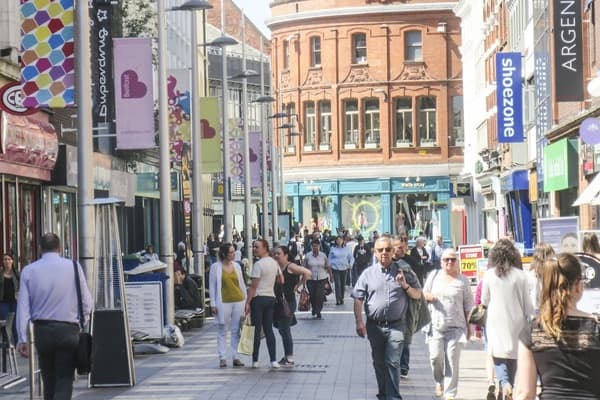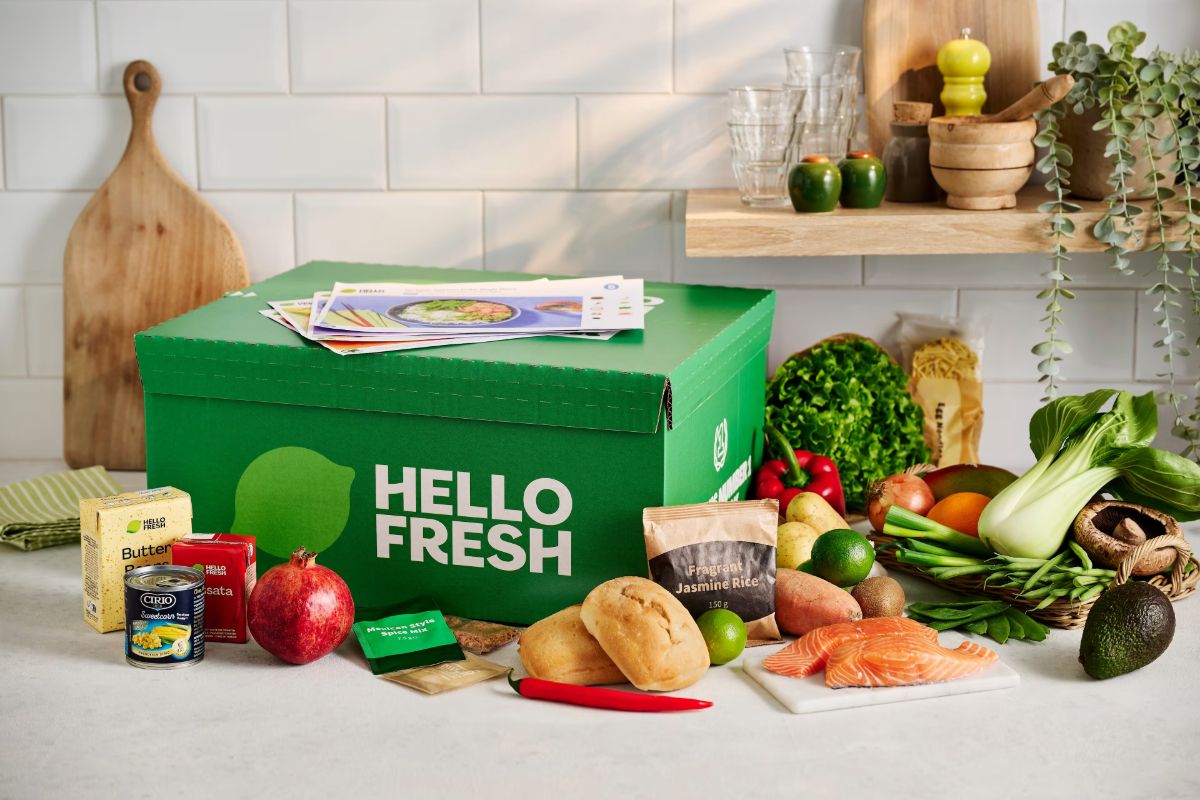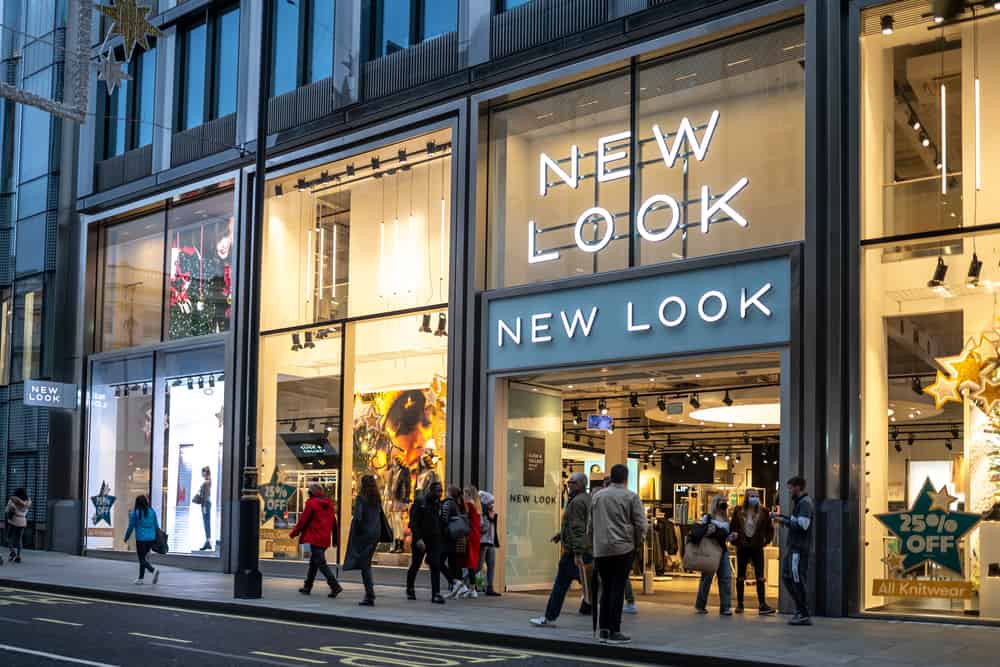The number of people visiting UK shops appears to have recovered slightly during June’s half-term June, before settling at a level that remains significantly lower than before the pandemic started, new data out this week suggests. That may suggest that shoppers are still doing more of their shopping online to a higher extent than they did before Covid-19. It also raises questions for how retailers can expect shoppers to buy once all restrictions are dropped later this month.
UK shopper numbers in June were 22.2% lower than in the same month in 2019, according to the Springboard Footfall Monitor and Insights for June – but 85% higher than the same time in 2020. That marks a recovery from May (-27.5% on 2019) and is the strongest result since the pandemic and associated lockdowns started. High streets (-27.2% on 2019/+107% on 2020) and staycation regions of the UK such as the South West (-1.8% on 2019) benefited during the month. Across the month, retail parks (-4.1% on 2019/+39.8% on 2020) are the closest to being back to normal, while shopping centres (-29.1% on 2019/+82.8% on 2020) remain well behind pre-pandemic levels.
The gains were mostly made during the first half-term week of the month, when footfall across all destinations improved to a 14.5% decline from a decline of 26.8% in the previous week.
Diane Wehrle, marketing and insights director at Springboard, says: “The strong footfall seen in the first week of the month inevitably created misplaced optimism as over the remainder of June footfall worsened incrementally each week. This was undoubtedly a reflection of the lack of impetus for consumers to shop following the government’s announcement in the delay of ‘freedom day’ until 19 July. This was heightened by the continued restrictions and limitations on overseas travel, which also reduced the need to shop for summer fashion in advance of overseas holidays.
“Moving into July, however, the opportunity for bricks and mortar retail to attract back consumers is significant. The removal of restrictions set for 19th July and the greater freedoms this offers – coinciding with the school summer holiday period – is likely to deliver a fresh incentive for consumers to visit bricks and mortar destinations.”
Towards the ending of lockdown restrictions
Meanwhile, the BRC/Sensormatic IQ Footfall Monitor saw a similar plateau, with shopper numbers down 27.6% in June on 2019 levels, having improved by 0.1% on May. High street (-33.4% on 2019), retail park (-8.1% on 2019) and shopping centre (-35.8%) footfall were behind 2019 rates, but all showed an improvement on the three-month trend, which averages a decline of 31.3% on 2019 (high streets -36.9%/retail parks -20.2%/shopping centres -41.2%).
Its figures show that Northern Ireland (-20.6% on 2019) had shallowest footfall decline of the four home nations at -20.6%, followed by Wales (-25.6%), England (-27.9%) and Scotland (-29.5%).
Helen Dickinson, chief executive of the British Retail Consortium, says: “Overall footfall levels saw little improvement on the previous month, though retail parks and shopping centres experienced an uptick. Footfall is down on pre-pandemic levels, as the public are making more purposeful shopping trips, with less browsing and more buying. With most overseas holidays on hold, many Britons have sought out-of-town escapes while foreign tourist numbers have fallen. This appears to have helped footfall in smaller towns and cities.
“Retailers are hopeful that footfall will recover further with the move to the final stage of the roadmap, particularly as office workers begin to return to work in larger cities. The ongoing vaccination programme is essential to the UK economy’s success in the future, as future lockdowns would imperil the current recovery. Government must provide clear and consistent guidance on July 12 to ensure both the public and businesses know what is expected of them.”
Andy Sumpter, retail consultant EMEA at Sensormatic Solutions, says: “With most restrictions expected to be lifted on July 19, we can finally hope to see what the somewhat over-referenced new normal may actually look like. As more people start to venture back to their offices, the much-missed commuter business will be a welcome return. Retailers will also be hoping their customers have missed browsing without restrictions, as much as they have missed their customers.”









